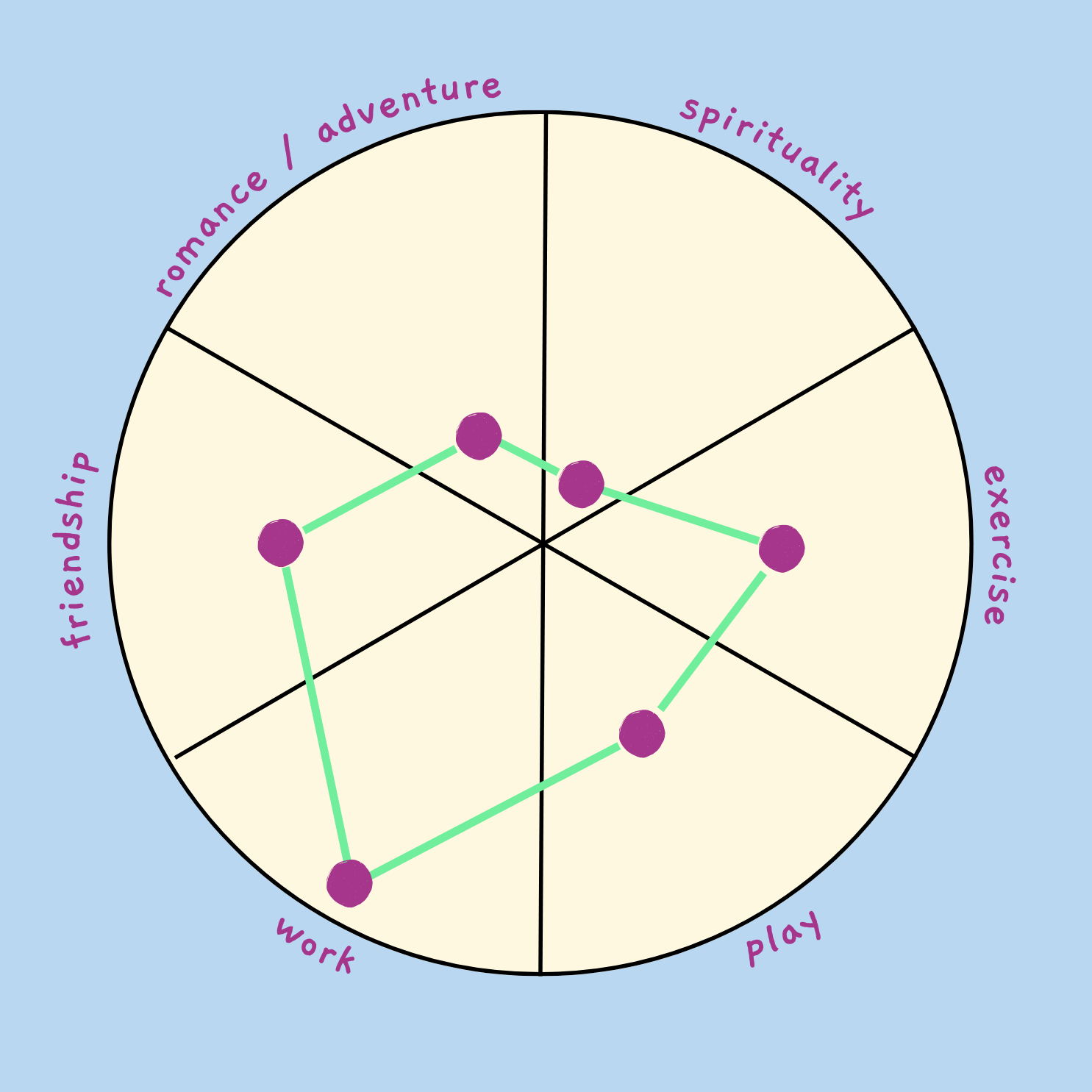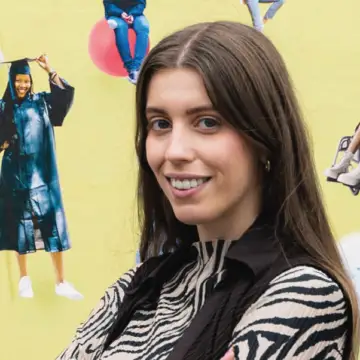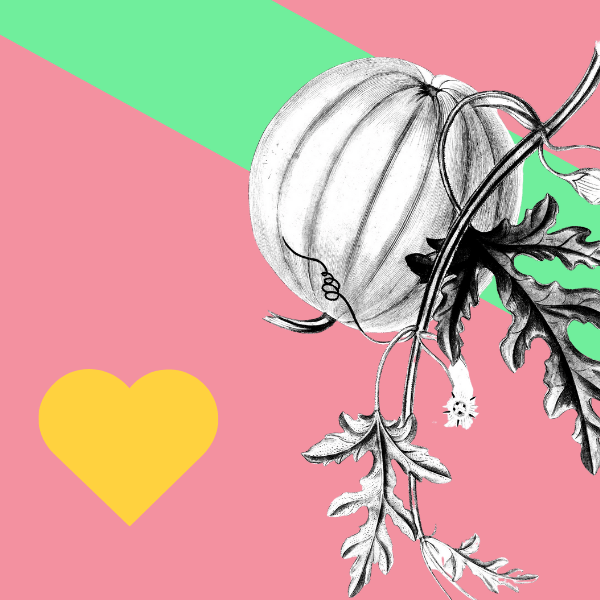As creatives, we often find ourselves stretched thin, saying yes to everything while our artistic practice suffers in silence. Many creatives don’t realise that creative time isn’t a luxury. It’s essential for your mental health, personal fulfilment, and contribution to the world. When you create, you process emotions, solve problems, and offer something unique that only you can give. Your creative time needs protection, intention, and most importantly, boundaries.
You might be having your boundaries eroded if one of the following feels true:
- You feel resentful toward your friends, partners, or colleagues creativity
- You say “yes” to things that steal from your creative time automatically, even when you want to say “no”
- You feel guilty when you try to create or take time for yourself
- You cancel creative plans for other people’s “emergencies” or feel like everyone else’s needs come before yours
If you’re experiencing one or more of these, your creative boundaries need immediate attention.
The Life Pie: Your Creative Boundary Compass
One of the most revealing exercises from Julia Cameron’s The Artist’s Way involves drawing a simple circle, and dividing it into six slices representing different areas of life: Spirituality, Exercise, Play, Work, Friends, Romance & Adventure. While this tool is traditionally used to assess life balance, it’s also a powerful indicator of where your creative boundaries need strengthening.

How It Works
Place a dot in each slice based on how fulfilled you feel in that area, then connect the dots. What you’ll see is rarely a perfect circle. Instead, you’ll likely find a lopsided shape that reveals exactly where your creative energy is being drained.
Any “dips” in your chart – areas where the dots sit close to the centre – indicate where boundaries need to be implemented. These low points show where you’re giving too much of yourself away, leaving insufficient time and attention for creative work. The goal isn’t perfection, but awareness: understanding where to focus your boundary-setting efforts to create a more rounded, sustainable creative life.
Let’s take a look at the different sections, and zoom into how the ‘dips’ say about your boundaries, with simple boundaries you can implement right now:
1. Spirituality

When spirituality isn’t being nurtured, creatives often find themselves feeling scattered and overwhelmed by external pressures. You might notice others dismissing your need for quiet reflection, feeling pressured to justify your spiritual practices, or constantly consuming negative content that leaves you anxious and disconnected. Without this inner anchor, interruptions feel more jarring, creative inspiration feels harder to access, and you may struggle to tap into the deeper meaning behind your work. These patterns can leave you feeling spiritually depleted and creatively stagnant.
Quick actionable pie boosters & boundary practices:
- Create a daily 10-minute spiritual practice – this can be writing down affirmations, meditation, breathwork, or simply sitting in silence to centre yourself.
- Curate a media diet – intentionally choose what content you consume. This creates mental space for creativity and reduces anxiety by filtering out negativity that doesn’t serve your creativity.
- Weekly protected reflection time to ask important questions – am I being led in the right direction with my creative practice? What does my spirit need right now?
Boundary strengthening phrases:
- “Please respect my time of thinking and reflection”
- “My spiritual practice nourishes my creativity”
- “This quiet time helps me be more present for others”
What’s disturbing your spiritual peace? Protecting this space means being selective about what and whom you allow into your inner world.
2. Exercise

When physical movement isn’t prioritised, creatives often experience mental fog, low energy, and difficulty sustaining focus during creative work. You might find yourself skipping movement because someone needs “just a quick favour,” feeling guilty for taking time to exercise when you could be “productive,” or having others dismiss your exercise time as unnecessary until you start believing it yourself. Without regular movement, your body becomes stagnant, your mind feels cloudy, and the physical energy that fuels creative flow diminishes, leaving you feeling drained and less capable of sustained creative work.
Quick actionable pie boosters & boundary practices:
- Non-negotiable movement appointments – schedule these like you would a doctor’s or dentist appointment.
- Exercise accountability partner – ask a creative friend who also likes yoga to go to class with you, or join a run club.
- Reframe movement as creative fuel – it’s a tool that helps the creative process; you’ll always feel more creative afterward, so it’s never wasted time.
Boundary strengthening phrases:
- “Movement is my creative fuel”
- “I have a health appointment I cannot cancel”
- “Physical energy directly supports my creative work”
A healthy body truly does equal a healthy mind. Ring-fence your movement time and honour that commitment to yourself.
3. Play

When creative play isn’t protected, artists often find themselves trapped in rigid patterns and fearful of experimentation. You might notice others calling your creative experiments “a waste of time,” feel guilty for “playing” when you could be earning money, or judge your own exploratory work as “not real art.” Without playful experimentation, everything starts to feel like serious work, creative joy diminishes, and you lose touch with the spontaneous discovery that often leads to breakthroughs. This can result in creative stagnation and a disconnection from the pure pleasure of making.
Quick actionable pie boosters & boundary practices:
- Weekly creative ‘play dates’ with yourself – take yourself to the park to create, draw with your non-dominant hand, or attend a creative making event.
- Permission to create “bad” art – see the creation of ‘bad’ art as a necessary exercise to breakthrough and make those good pieces.
- Experimentation budget – create a piggy bank to invest in your ‘play’ – trying a new medium, taking a day trip for inspiration, etc.
Boundary strengthening phrases:
- “Play is how I grow as an artist”
- “Exploration and following my intuition feeds my creativity”
- “Not everything needs to be perfect or profitable”
Play time is sacred creative development. Always protect time for creative experimentation – it’s not selfish; it’s essential.
Find the Best
Creative Opportunities
From competitions, to grants, and open calls—
discover opportunities that fuel your creativity.
4. Work

When work boundaries aren’t maintained, creative practice becomes the first casualty of professional demands. You might find work creeping into every hour of your day, always sacrificing creative time to make more money, or feeling burned out from never being “off.” Without clear work boundaries, you’re constantly available for overtime requests during designated creative hours, tempted by extra projects for immediate financial gain, or checking work communications during precious creative time. This leads to creative practice being deprioritised, and a growing resentment toward the work that was meant to support your art.
Quick actionable pie boosters & boundary practices:
- Designated work hours only – your work hours are work hours; all other hours should not be consumed by work thoughts or activities.
- Separate work phone/email – this helps avoid checking notifications outside ‘office hours’.
- Schedule creative time before work when possible – protect your most energised hours for your art.
Boundary strengthening phrases:
- “I’m not available for work tasks outside my designated hours”
- “My creative practice makes me better at my job, so this needs time too”
- “I have a prior creative commitment at that time”
Work will always expand to fill available time if you let it. Your creative practice needs protection from the demands of overstretching to earn money.
5. Friendship

When social boundaries aren’t established, creative time becomes vulnerable to constant interruption and guilt. You might experience resentment towards your friends while simultaneously feeling guilty about protecting your creative schedule. Your friends may not understand why you can’t always be available, leading to comments that make you question your priorities, or last-minute invitations that derail planned creative sessions. Without healthy friendship boundaries, you end up feeling torn between being a good friend and being a committed artist, often sacrificing creative time to avoid disappointing others and maintain social harmony.
Quick actionable pie boosters & boundary practices:
- Scheduled social time – don’t allow last-minute social events to creep into your calendar without notice.
- Scripts for saying no – be prepared with how you say ‘no’ to people, and consider your social limits based on whether you’re introverted or extroverted.
- Friends who support your creativity – surround yourself with people who champion your creativity, not people who want to take your creative time from you.
Boundary strengthening phrases:
- “I’m not antisocial, I’m pro-creative time”
- “My creativity helps me be a better friend”
- “I can see you tomorrow, but tonight is for my art”
Your creative work deserves the same respect as any friendship. Choose relationships that honour both your social and creative needs.
6. Romance & Adventure

When romantic boundaries aren’t clear, you may find yourself constantly torn between following love vs. creative fulfilment. Your partner might not understand why creative time feels essential to you, leading to feelings of having to choose between your relationship and your art. You might notice opportunities for adventure always seeming to conflict with creative commitments, or feeling guilty for prioritising studio time over couples time. Without these boundaries, creative work can feel selfish rather than essential, and you may find yourself gradually abandoning artistic pursuits to maintain relationship harmony, ultimately leading to resentment and creative starvation.
Quick actionable pie boosters & boundary practices:
- Partner conversation about your creative needs – communicate that they’re important, but so is your creativity; reassure them while holding your ground.
- Shared calendar system – share a calendar so they know when your creative time is; align with each other’s ‘own time’ for individual pursuits.
- Relationship boundaries that honour both people’s passions – decide where you will not compromise.
Boundary strengthening phrases:
- “My creativity makes me happier and more present in our relationship”
- “I need you to respect my creative time like I respect your interests”
- “This isn’t about choosing art over you – it’s about honouring my independent purpose”
The key is integration rather than competition. Honour your relationships and your creative needs through honest conversations about your creative commitments.
Beyond the Six Slices: Other Creative Boundary Violations
While the life pie covers the major areas, creative boundaries extend beyond these categories:

Promises to yourself
Too often creatives tell themselves “I’ll wake up early to write” but then hit snooze repeatedly, break their own creative commitments because they “don’t matter to anyone else,” or tell themselves they’ll start that project “when I have more time.” These patterns erode self-trust and creative momentum.
Quick actionable boundary practices:
- Set realistic creative goals and treat them like appointments – use checkboxes or tracking systems for that dopamine hit of completion.
- Create accountability systems for self-promises – reward yourself for following through; it’s important that you commit to what you say to build self-trust.
- Start with small, achievable creative commitments – make time for the things you say you have “no time” for by rearranging your schedule slightly each week.
Digital boundaries
It’s likely that creatives might find themselves endlessly scrolling social media during creative time, comparing their work to others online instead of creating, or checking their phone every five minutes while trying to focus. These digital interruptions fragment creative flow and increase anxiety.
Quick actionable boundary practices:
- Phone-free creative zones – when creating, put your phone in another room for 30-minute bursts.
- Specific times for social media consumption – set a timer to prevent doomscrolling (opt for 10-minute bursts that could potentially turn into 2-hour sessions if not kept in check).
Internal boundaries
Perfectionism can prevent creatives from starting projects, self-criticism can stop them mid-creation, or you might even believe creative work isn’t “important enough” to protect. These internal critics can be the most destructive boundary violators.
Quick actionable boundary practices:
- “Good enough” practice sessions – write affirmations that transform negative beliefs into positive ones and say them out loud daily.
- Adopt a “progress over perfection” mindset – a job started is better than a job never begun.
- List 5 reasons why your work is worth protecting – pin them on your wall, noticeboard or screensaver.
Financial pressure
Taking on every paid opportunity can leave no time for personal projects, create feelings of guilt for spending money on art supplies, or even cause creatives to devalue their own creative work because it doesn’t pay immediately. Financial anxiety can become the biggest creative boundary violator.
Quick actionable pie boosters / boundary practices:
- Create a “creative fund” for supplies and time – money you can spend guilt-free as an investment in your creative practice.
- Set a ratio of paid work to personal projects – decide what feels achievable and stick to it.
- Track non-monetary benefits of creative work – For example: joy, growth, or fulfilment. Write about how you feel during the creative process.
Your Creative Life Depends on It
The most powerful boundary tool for creatives is time blocking. This means treating your creative time like any other important appointment—because it is.
Schedule it: If it’s in your calendar, it’s sacred. Your creative practice deserves the same respect as a doctor’s appointment or work meeting.
Protect it: When someone asks you to do something during your creative time, you can honestly say, “I already have an appointment.”
Want to hear more about setting boundaries to prevent burnout when it comes to applying to creative opportunities? Check out this blog.
Let us know you want us to write more content like this with a love!
Share







